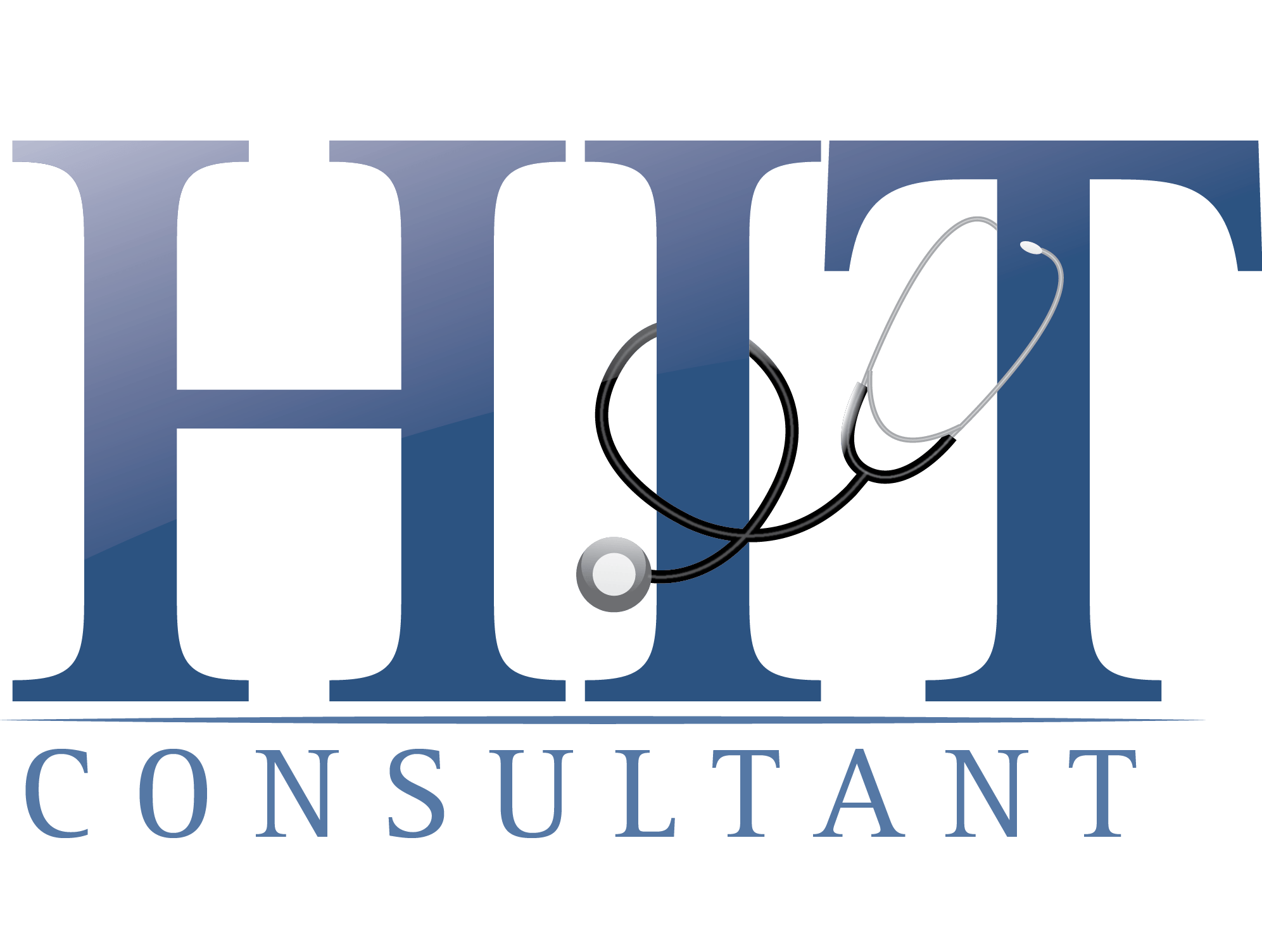
For decades, life insurance and healthcare operated in parallel but separate worlds — one focused on managing financial risk, the other on improving physical health. But in an era defined by digital transformation, that boundary is fading fast. Advances in health data, wearable technology, and artificial intelligence are bringing the two industries together in ways that could fundamentally reshape how people understand protection, prevention, and long-term wellness.
This convergence isn’t just an industry story; it reflects a generational shift. Young professionals are rethinking financial security through the lens of digital health — seeing life insurance not simply as a safety net for their families, but as a connected part of a broader ecosystem of wellness and resilience. Many are comparing term life insurance rates through online platforms that offer transparency and convenience, reflecting how digital tools are driving both financial and healthcare literacy.
1. Health Data Is Rewriting the Rules of Risk
Life insurance underwriting once involved long medical exams, paper questionnaires, and weeks of waiting for approval. That model is giving way to AI-driven underwriting, where algorithms can evaluate applications in minutes by drawing on electronic health records (EHRs), pharmacy data, and even wearable health metrics — with consumer consent.
This use of real-time, data-informed risk assessment is transforming how policies are priced and issued. Instead of relying on static snapshots of a person’s health, insurers can analyze longitudinal patterns that better reflect lifestyle and wellness habits. For example, someone who consistently maintains healthy blood pressure, regular physical activity, and good sleep patterns might qualify for more favorable rates.
It’s a shift that benefits both insurers and consumers. Insurers gain more accurate predictive models, while applicants experience faster approval times and pricing that reflects their individual health profiles rather than broad demographic assumptions.
2. The Rise of Wearable-Driven Wellness Incentives
Wearable devices have become one of the most powerful bridges between health and financial protection. Millions of people now track steps, heart rate, sleep quality, and stress levels through smartwatches, rings, and fitness bands. Insurers are increasingly integrating that data to encourage wellness behaviors and reward policyholders who stay active and engaged with their health.
Programs such as John Hancock Vitality in the U.S. and Manulife MOVE in Asia are leading examples. Participants can earn premium discounts or gift cards for meeting daily activity goals, syncing their fitness data, or completing health assessments. The idea is simple but transformative: align financial incentives with health outcomes.
For consumers — particularly Millennials and Gen Z — this approach makes life insurance interactive, dynamic, and relevant to everyday life. Instead of an annual bill, it becomes a continuous partnership that promotes better health and lower costs.
3. Embedded Insurance and the Fintech–Healthtech Convergence
The line between healthcare, finance, and insurance is increasingly blurred by embedded insurance technology. Consumers can now access life or health coverage directly through telehealth apps, digital banks, or employee wellness platforms, rather than through traditional sales channels.
For instance, a telemedicine provider might offer integrated insurance options that adapt to a patient’s wellness metrics or treatment history. A digital bank could recommend term coverage based on income, spending patterns, and verified health data. These embedded systems use API-based integrations to deliver coverage seamlessly — meeting consumers where they already manage their health and finances.
This convergence between fintech and healthtech is particularly appealing to younger professionals, who value frictionless digital experiences. It also reflects a deeper cultural shift: people no longer see health and money as separate conversations, but as part of one integrated life strategy.
4. AI, Automation, and the Personalization of Care
Artificial intelligence is reshaping every layer of the insurance value chain. Beyond underwriting, insurers are deploying machine learning and natural language processing to automate claims, detect fraud, and personalize engagement. Chatbots can now handle routine customer service, while predictive models identify at-risk individuals for early intervention or coaching.
These capabilities are driving what analysts call “predictive prevention.” By analyzing data from wearables, medical claims, and even social determinants of health, AI can spot patterns that suggest emerging health risks — such as metabolic disorders or mental health concerns — before they escalate.
When insurers and healthcare providers act on those insights collaboratively, the results are powerful: lower costs, healthier customers, and stronger long-term loyalty. It’s a move away from paying for illness and toward investing in wellness.
5. Data Ethics, Privacy, and Consumer Trust
As insurers leverage more health data, the ethical and regulatory implications grow. Questions around data ownership, consent, and bias are front and center. Consumers may welcome the benefits of personalized insurance, but they also demand assurance that their private health information will not be misused.
To address this, some companies are adopting privacy-by-design frameworks, limiting data use strictly to authorized purposes and allowing users to revoke consent at any time. Others are exploring blockchain-based record systems that make every data transaction transparent and auditable.
Ultimately, the success of data-driven life insurance will hinge on trust. Transparency, fairness, and responsible innovation must evolve alongside technology. Regulators and insurers alike are now challenged to create frameworks that protect consumers while enabling the benefits of digital integration.
6. A Generation Redefining Protection
Millennials and Gen Z are not only more tech-savvy but also more values-driven in their financial decisions. They expect companies to use technology to simplify, not complicate, their lives. They are also more open to sharing health data — provided there’s a clear value exchange, such as lower premiums or better wellness tools.
For this generation, life insurance is shifting from a reactive product to a proactive tool. They view coverage as part of a broader wellness strategy that includes financial planning, mental health, and preventive care.
Digital access plays a big role here. The ability to compare term life insurance rates, get instant quotes, and understand terms through mobile apps removes traditional friction points and demystifies the process. In a world where uncertainty is the norm, this generation sees technology as the key to both control and peace of mind.
7. The Future: From Protection to Prevention
Looking ahead, the integration of life insurance and healthcare technology points toward a system that rewards prevention over reaction. Imagine a scenario where your wearable device tracks your daily activity and automatically adjusts your insurance premium in real time. Or where a telehealth visit triggers a personalized health plan — seamlessly shared with your insurer to optimize both care and cost.
Such scenarios are not science fiction. Pilot programs across the U.S., Europe, and Asia are already testing these models, and the outcomes suggest substantial gains in engagement, efficiency, and population health.
As more stakeholders — from health systems to regulators — embrace interoperability, the future of insurance may resemble a wellness subscription: a digital-first, data-secure partnership that aligns individual behavior with collective well-being.

